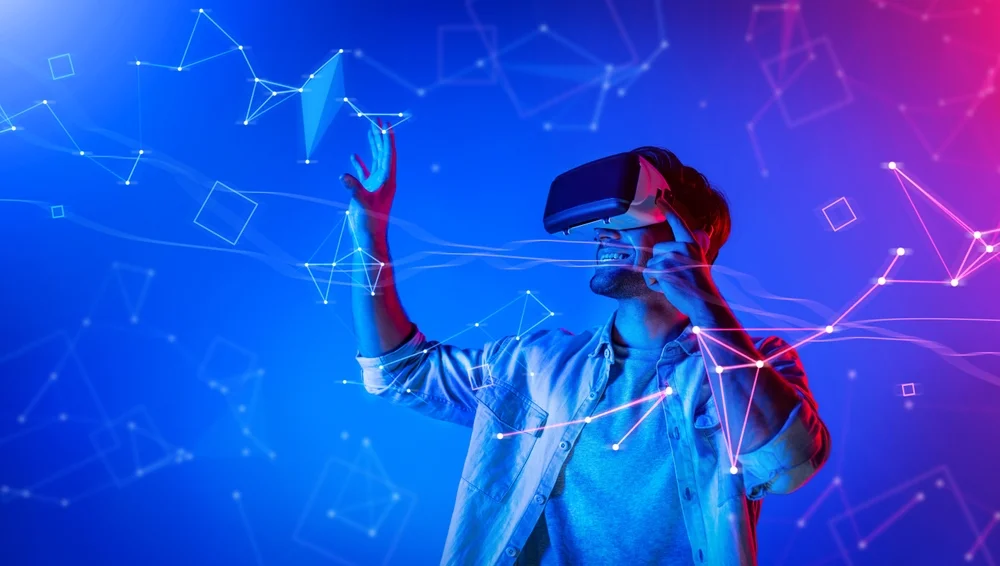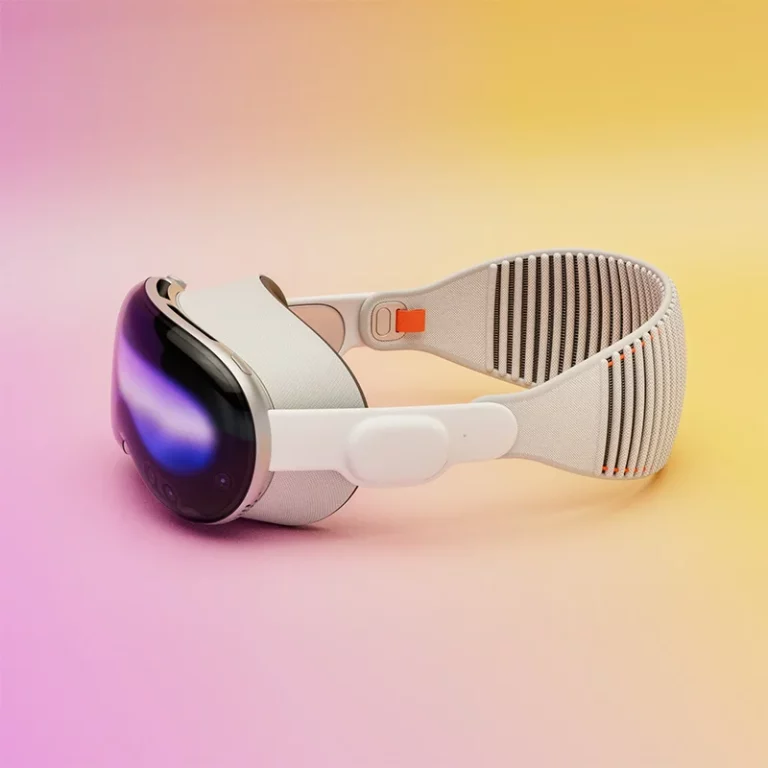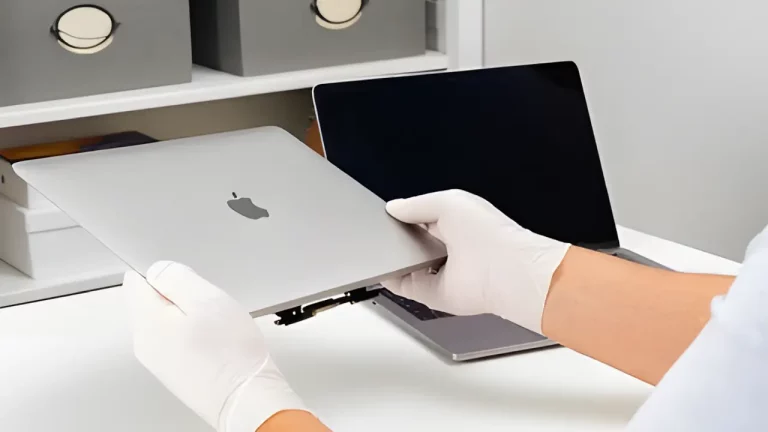Exploring the Future of Augmented Reality – What’s Next?

Imagine a world where the digital and physical worlds blend seamlessly together. This is what Augmented Reality (AR) promises to bring into our lives. AR is a technology that overlays digital information—like images, sounds, or other data—onto the real world. Think of it like wearing special glasses or using your phone to see things that aren’t actually there but feel like they are. In this guide, we’ll explore what AR is, how it works, and what exciting developments might be on the horizon.
What is Augmented Reality?
Augmented Reality (AR) adds digital elements to our real-world surroundings. Unlike Virtual Reality (VR), which creates an entirely new digital world, AR enhances our existing environment with digital content. Here’s a simple way to think about it:
- Virtual Reality (VR): You’re in a completely different world. For example, VR can transport you to a virtual beach where you can interact with digital objects.
- Augmented Reality (AR): You stay in the real world, but digital elements are added to it. For example, AR can show you directions on the road or add fun filters to your photos.
Imagine you’re looking at a painting through your phone. With AR, you might see the painting come to life with animations or information about the artist.
How Does Augmented Reality Work?
AR uses a combination of hardware and software to blend digital information with the real world. Here’s a simple breakdown:
- Hardware: Devices like smartphones, tablets, or special AR glasses are used to view AR content. These devices have cameras and sensors that capture the real world and then display digital information on top of it.
- Software: AR apps or programs process the images and data captured by the hardware. They recognise objects, locations, or patterns and overlay digital content accordingly.
- Tracking: AR systems use tracking technology to determine where to place the digital elements in relation to the real world. This can involve tracking your location, movements, or even the objects around you.
For a fun example, think of Pokémon GO, a popular game where players use their phones to find and catch Pokémon that appear in the real world through their screens.
Current Uses of Augmented Reality
AR is already making waves in various fields. Here are some of the ways it’s being used today:
1. Gaming and Entertainment
AR has transformed the way we play games and interact with entertainment:
- Pokémon GO: As mentioned, this game uses AR to place Pokémon in real-world locations for players to find and catch.
- AR Games: Many other games use AR to create immersive experiences, blending digital elements with the real world.
Gaming isn’t the only area being transformed. Video marketing and entertainment industries are also exploring AR to create engaging and interactive experiences.
2. Education and Training
AR can make learning more interactive and engaging:
- Interactive Learning: AR can bring textbooks to life with 3D models and animations, helping students understand complex concepts.
- Training Simulations: AR is used to create realistic training simulations for professionals, such as medical students practising surgery or pilots learning to fly.
These applications make learning and training more engaging and effective.
3. Retail and Shopping
AR is changing the way we shop:
- Virtual Try-Ons: Retailers use AR to allow customers to try on clothes, accessories, or makeup virtually, without physically trying them on.
- Enhanced Shopping Experiences: Some stores use AR to provide additional information about products or create interactive displays.
For example, beauty brands might use AR to let you see how different makeup looks on your face before you buy it.
4. Navigation and Travel
AR can make travelling and finding your way easier:
- Navigation: AR can overlay directions onto your view of the road or walking path, making it easier to follow routes.
- Travel Information: AR apps can provide information about landmarks, restaurants, or attractions when you point your phone at them.
Imagine walking through a city and seeing historical information about buildings or directions to the nearest café right in front of you.
The Future of Augmented Reality
The future of AR holds exciting possibilities. Here’s what might be on the horizon:
1. More Advanced AR Glasses
While AR is currently available on smartphones and tablets, the next big step is more advanced AR glasses:
- Enhanced Designs: Future AR glasses will likely be more lightweight and stylish, making them easier to wear for long periods.
- Improved Functionality: They will offer better display quality, longer battery life, and more advanced features, such as gesture control.
These glasses could become as common as smartphones, providing a hands-free way to interact with digital content.
2. Integration with AI and Machine Learning
AR will become even smarter with the integration of Artificial Intelligence (AI) and Machine Learning:
- Personalised Experiences: AI will enable AR systems to offer more personalised and relevant information based on your preferences and behaviour.
- Enhanced Recognition: Machine learning will improve object and scene recognition, making AR experiences more accurate and interactive.
For example, AI could help AR systems better understand your surroundings and provide more useful information or recommendations.
3. Advanced Mixed Reality Experiences
Mixed Reality (MR) is an advanced form of AR that blends digital and physical worlds even more seamlessly:
- Immersive Environments: MR could create immersive environments where digital and physical elements interact in real-time.
- Interactive Holograms: Future MR systems might project interactive holograms into your space, allowing you to interact with digital objects as if they were real.
Imagine having a virtual assistant or digital friend that can interact with you in your own living room.
4. Widespread Use in Everyday Life
AR will become more integrated into our daily lives:
- Smart Homes: AR could enhance smart home systems by providing visual controls and information overlays.
- Healthcare: AR might be used for remote consultations, diagnostics, and surgery, improving patient care.
The possibilities are vast, and AR could soon become a natural part of our everyday experiences.
Challenges and Considerations
While AR has a lot of potential, there are also challenges and considerations to keep in mind:
1. Privacy and Security
As AR technology becomes more advanced, privacy and security concerns will need to be addressed:
- Data Collection: AR systems collect a lot of data about your surroundings and interactions. Ensuring this data is protected is crucial.
- Security Risks: Like any technology, AR systems can be vulnerable to hacking or misuse. Strong security measures will be essential to protect users.
It’s important for developers and users to be aware of these risks and take steps to mitigate them.
2. Cost and Accessibility
The cost of AR technology can be high, which might limit its accessibility:
- Expensive Equipment: Advanced AR glasses and devices can be costly, making them less accessible to some people.
- Affordable Solutions: Over time, as technology advances and becomes more widespread, costs are likely to decrease, making AR more accessible to everyone.
The development of affordable and accessible AR solutions will be key to widespread adoption.
AR technology is still evolving, and there are some technical limitations to consider:
- Battery Life: AR devices, especially those with advanced features, can have limited battery life, which may impact usability.
- Processing Power: High-performance AR experiences require powerful hardware, which can be a challenge for mobile devices.
As technology improves, these limitations are likely to be addressed, leading to more advanced and user-friendly AR experiences.
How AR Could Transform Different Industries
AR has the potential to impact various industries in significant ways:
1. Healthcare
AR could revolutionise healthcare by:
- Assisting Surgeons: AR can provide real-time data and visualisation during surgeries, improving precision and outcomes.
- Medical Training: AR simulations can offer medical students hands-on practice and interactive learning experiences.
Explore more about how technology impacts business in articles like the role of AI in modern marketing for insights into how advanced technologies can transform industries.
2. Real Estate
In real estate, AR could:
- Virtual Tours: Provide virtual property tours, allowing potential buyers to explore homes from anywhere in the world.
- Home Design: Let buyers visualise changes to a property, such as new furniture or renovations, in real-time.
This could make buying and selling properties more efficient and engaging.
3. Education
AR could make education more interactive by:
- Interactive Textbooks: Offering 3D models and interactive elements that enhance understanding of complex
concepts.
- Field Trips: Bringing historical events or scientific phenomena to life through AR, making learning more immersive and exciting.
Imagine students being able to walk through ancient cities or explore the human body in 3D from their classrooms.
4. Tourism and Travel
For tourism, AR could:
- Guided Tours: Provide interactive guides that overlay information about landmarks and attractions directly onto your view.
- Language Translation: Translate signs and information in real-time, making travel in foreign countries easier and more enjoyable.
AR could enhance the travel experience by providing useful information and creating engaging, interactive tours.
The Role of AR in Business
Businesses are also starting to harness the power of AR to improve customer experiences and streamline operations:
1. Marketing and Advertising
AR can revolutionise marketing by:
- Interactive Ads: Creating interactive advertisements that engage users in new and exciting ways.
- Product Visualisation: Allowing customers to virtually try products before purchasing, such as seeing how furniture looks in their home.
Check out how video marketing is already impacting consumer behaviour and how AR could take it a step further by making ads more interactive and personalised.
2. Training and Development
AR can improve employee training by:
- Hands-On Learning: Providing immersive training simulations that help employees practice skills in a controlled environment.
- On-the-Job Assistance: Offering real-time guidance and information while employees work, improving efficiency and accuracy.
For businesses, leveraging technology for smarter decisions is crucial. Learn more about how to leverage data analytics to enhance operational strategies.
3. Customer Service
AR can enhance customer service by:
- Virtual Assistants: Providing virtual customer service representatives that can assist with inquiries and support in real-time.
- Product Support: Offering interactive troubleshooting guides and support directly through AR apps.
Imagine getting instant help with a product issue or having a virtual assistant guide you through a complex process.
| Aspect | Current State | Future Predictions |
|---|---|---|
| AR Glasses | Bulky, expensive, and limited in features | More lightweight and stylish with improved battery life and functionality |
| Integration with AI | Basic AI functionalities | Advanced AI for personalised experiences and better object recognition |
| Mixed Reality Experiences | Limited to basic AR overlays | Fully immersive environments with interactive holograms |
| Industry Adoption | Gaming, education, and retail applications | Widespread use in healthcare, real estate, and everyday life |
| Privacy and Security | Basic security measures in place | Enhanced privacy controls and advanced security protocols |
Conclusion
The future of Augmented Reality is bright and full of potential. As AR technology continues to evolve, it promises to make our interactions with the world more immersive and engaging. From enhancing gaming experiences to transforming industries like healthcare, education, and real estate, AR has the potential to revolutionise how we live and work.
However, there are also challenges to overcome, including privacy concerns, cost, and technical limitations. By addressing these issues and continuing to develop innovative solutions, AR could become a key part of our everyday lives.
As AR technology advances, it’s important to stay informed and explore how it can impact various aspects of life and business. Whether you’re interested in the latest digital marketing trends or how AR can enhance e-commerce experiences, understanding these innovations will help you stay ahead in a rapidly changing world.
Stay curious and excited about the possibilities of AR, and keep an eye out for the amazing advancements that are just around the corner.






